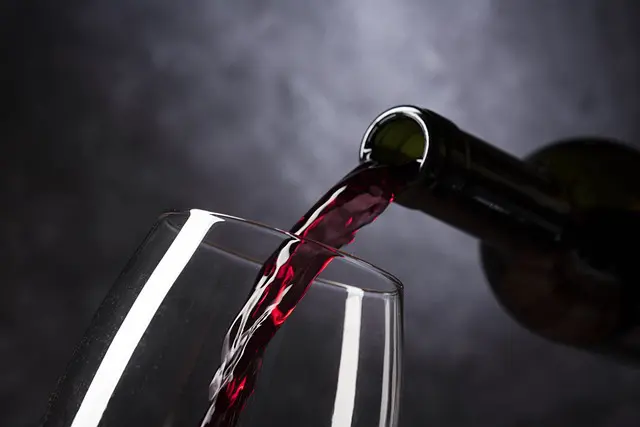As it seems millennials and GenZs are not so keen on drinking on dates, this catchphrase, “Let’s catch up over drinks,” may be losing its shine. Kotak Institutional Equities reports that people drink for a variety of reasons as well, including experience rather than intoxication — all good news for wine and beer makers that the indian wine market is rising.
According to the report, the share of low-alcohol beverages will increase faster as consumers mature and social drinking increases rather than intoxication.
Historically, India has been a spirits market comprised of whisky, brandy, rum, and more. It accounts for 51 % of the alcohol consumed, and 7 % of its value. Beer makes up 46% of the volumes. Wine constitutes a very small percentage of the market.
As compared to the global average of about 13%, India consumes less than 100 ml of wine per capita. In developed countries, wine consumption is higher, and in some European countries where meals are paired with wine, it is as high as 30%.
Over the next five years, Kotak expects the wine segment to grow at 10% compound annual growth rate (CAGR) owing to changing preferences.
Barriers are being broken
Women are the biggest consumers of wine globally, but the breaking of cultural taboos around drinking is contributing to the trend.
Wine is marketed among women because it is perceived as a healthier alternative and a more sophisticated beverage for socializing. According to the report, the growing segment of independent women will play a crucial role in driving the wine category forward.
Currently, Mumbai, Bengaluru, Delhi NCR, Pune and Hyderabad account for over 70% of the sales. That’s yet another lever for growth.
In addition to metros, Kotak expects wine demand to rise in tier 1 and tier 2 cities as well.
Experience fine wine
India has few wine drinkers, but most of them are connoisseurs. Apart from premium wines made of 100% grapes, there are also wines made of molasses and sugar with a lower alcohol content.
“Fortified wine, at the lower end of the popular segment, is witnessing a decline due to inferior quality and a shift in consumer preference to 100% grape wines,” says Kotak.
Higher-end wines will likely see more sales because of a rise in on-trade channels, occasions, and disposable income; rapid urbanization; and the influence of social media on millennials.
Indian consumers are more likely to drink wine as an ‘aspirational’ activity.
There is a higher score for Desi winemakers
Even with aspiration and premiumisation, Indians are not necessarily buying imported goods.
With the exception of Pernod Ricard, none of the major global wine or alcoholic beverage manufacturers have achieved significant prominence in the Indian wine market,” Kotak said.
Sula has introduced The Source, Rasa, and Dindori in the last five fiscal years. Fratelli, in collaboration with Boisset, introduced J’NOON as its premium brand.
Grover Zampa entered the premium wine category with brands like Signet and La Reserve in collaboration with Chateau D’Etroyes, as well as new blends such as Syrah-Grenache.
Indians who seem to be shifting toward elite drinking are likely to benefit from the availability of more good quality wines made from local grapes grown in Maharashtra and Karnataka.
Also Read:

2 Comments